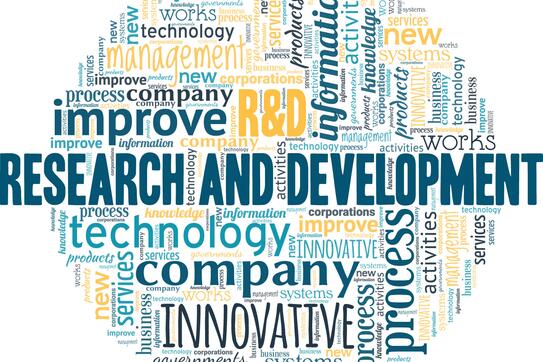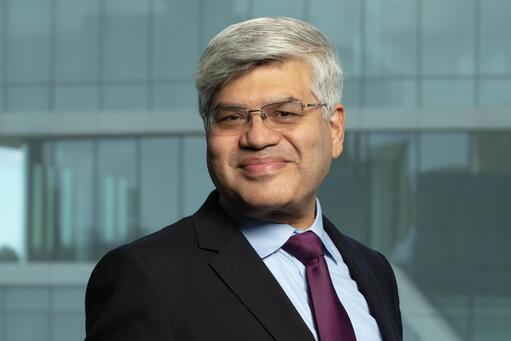New York, NY – The “magnificent seven” tech companies, Apple, Microsoft, Google parent Alphabet, Amazon, Nvidia, Meta Platforms, and Tesla, have a combined market value of over $10 trillion. Still, investors have no formal way of knowing whether this valuation is accurate. The large valuations of companies are mostly due to their own investments in things that cannot be seen or touched, such as research and development (R&D) and human capital hidden in selling, general, and administrative expenses (SG&A). Despite being critical assets to companies that bring massive future value, intangible assets like R&D are treated as expenses in financial statements, which means investors cannot estimate the value added from these investments, leaving a gap in company valuations. To solve this long-standing issue in accounting policy, new research by Columbia Business School Professor Shivaram Rajgopal, the Roy Bernard Kester and T.W. Byrnes Professor of Accounting and Auditing, offers a new solution to estimate what portion of intangible investments will lead to future profits for the company.
Professor Rajgopal’s research, A Better Estimate of Internally Generated Intangible Capital, with co-authors Professor Aneel Iqbal at Arizona State University and Professors Anup Srivastava and Rong Zhao at the University of Calgary, creates industry-specific guidelines for these estimations that vary over time and factor in the useful lives of intangible investments, or, for how long the investments will create future benefits for the company. Using this new approach, the researchers find that the future value of these investments varies widely by industry and over time, contradicting previous assumptions. For this study, the researchers created a new methodology using regressions to simultaneously estimate companies’ investment portions on R&D and SG&A and their future economic benefits in terms of revenues, varying by industry and time. They test their model on a dataset of over 200,000 SG&A and R&D observations in Compustat between 1970 and 2022 across a variety of industries spanning business services, manufacturing, energy, equipment, and consumer goods. The results show that their model is significantly more accurate for valuing companies based on their in-house intangibles. This is a particularly useful tool for investors who use companies’ financial statements for valuation.
Investors today often struggle to accurately assess the value of intangible assets such as research and development (R&D), which have become increasingly important for many businesses. Professor Rajgopal’s research, which shows industries such as business services and pharmaceutical products are undervalued by as much as 220%, should encourage both policymakers and investors to reevaluate the significance of these assets.
To learn more about cutting-edge research being conducted, please visit Columbia Business School.
###


